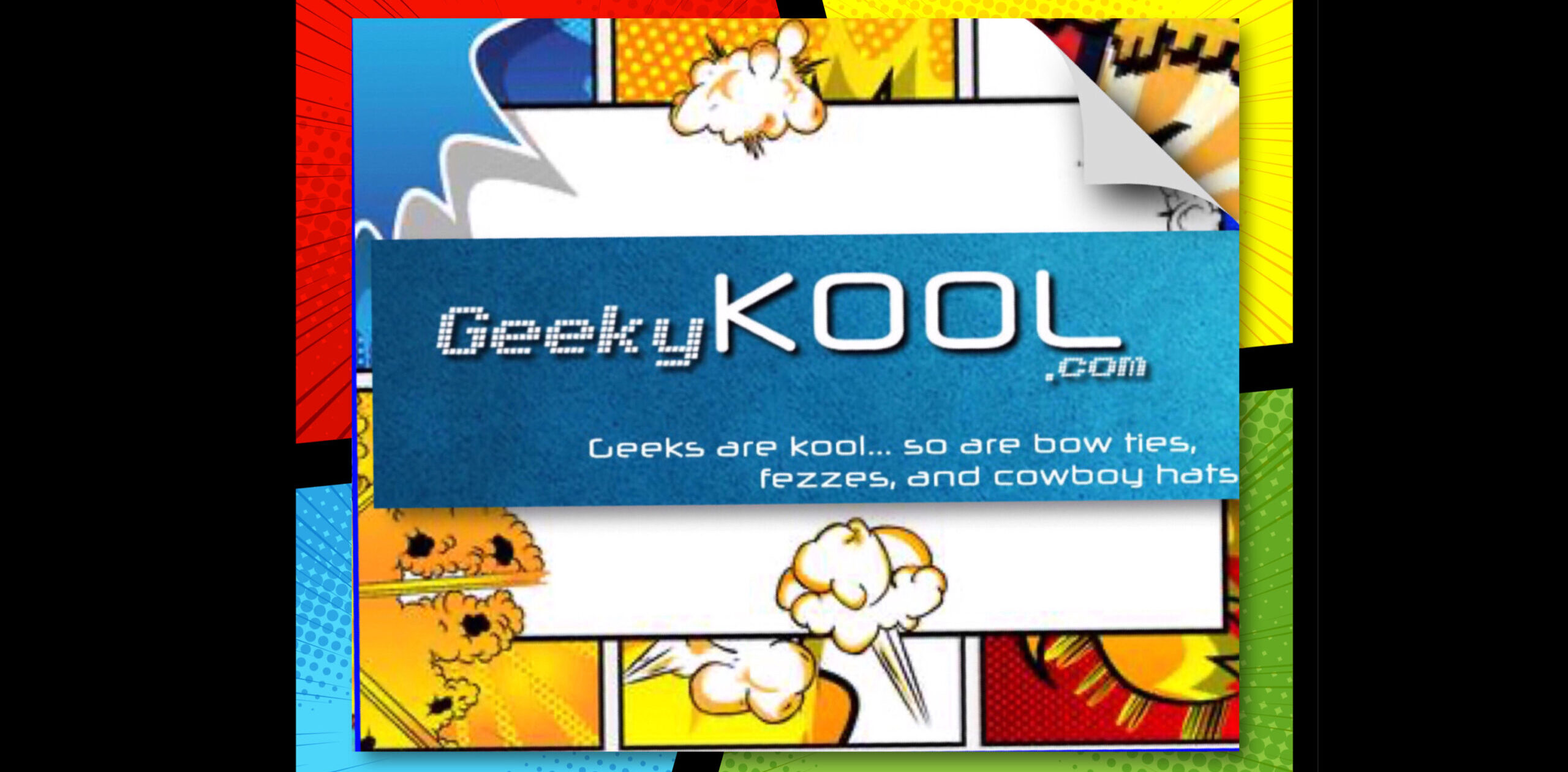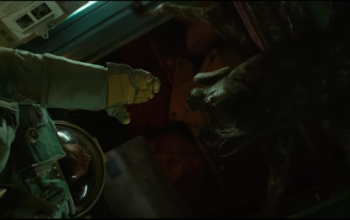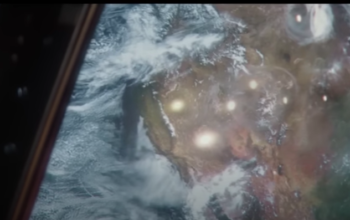
According to Wired.com, NASA has issued a harsh warning about where others can and cannot land or step on the moon. They revealed set of guidelines to keep certain historical sites protected. They desire the Apollo Landing site and the Ranger Impact sites to be secure and untouched. This is understandable because of the noteworthy relevance of these sections of the moon.
These guidelines have come down because there is a new space race. There are 26 teams currently racing one another to the moon for the $20 Million Google Lunar X Prize. These teams need to land a robot vehicle on the moon. The robot will go over 1.2 miles and send back a high def image. The first group to accomplish this before 2016 will win the grand prize. There is also a cash value of photos of the equipment left on the moon so many years ago to examine the condition of the equipment.
The Google Lunar X PRIZE is igniting a new era of lunar exploration by offering the largest international incentive prize of all time. A total of $30 million in prizes are available to the first privately funded teams to safely land a robot on the surface of the Moon, have that robot travel 500 meters over the lunar surface, and send video, images and data back to the Earth. Teams must be at least 90% privately funded, though commercially reasonable sales to government customers are allowed without limit.
Team registration for the competition closed on December 31, 2010. There are currently 26 teams located around the world who are fundraising, mission planning, and building robots in a new race to the Moon — what we like to call, “Moon 2.0”. The teams have until the end of 2015 to get to the Moon, meet the prize objectives, and win the prize purses. (Lunar X)
These guidelines are also intended for other countries to observe. Several countries are planning on landing on the moon. China, India, and Japan are just a few countries planning on sending unmanned probes to the surface of the moon in the next decade.
The guidelines are not enforceable. NASA is hoping that people will voluntarily follow these guidelines. If another country or a private group chooses to ignore these guidelines, all NASA can do try to pressure them to follow suit.
I am reminded of the “Don’t Walk On the Grass” signs that used to be common in front of Courthouses back in the 1970s and 80s. Most people obeyed these signs and stayed off the grass. But there really wasn’t much that would be done if you didn’t stay off the grass.
As a kid, I was perplexed by these signs. After all, running and playing the grass was one of the best things to do for enjoyment and to release a bit of energy. I knew kids who didn’t follow the signs. One of them was stopped by a police officer and told that he needed to stay off the grass because it was the right thing to do. It was not against the law so all the officer could do was talk to this kid and scold him. The kid went back to running on the grass shortly after the officer left. NASA is now this officer.
Maybe all of the future lunar explorers will respect the historical significance of these spots. But if someone decides not to fall in line, NASA will do all they can and speak with their teacher voice in an attempt to intimidate. And when they turn around, I bet someone will stick their tongue out at NASA.



